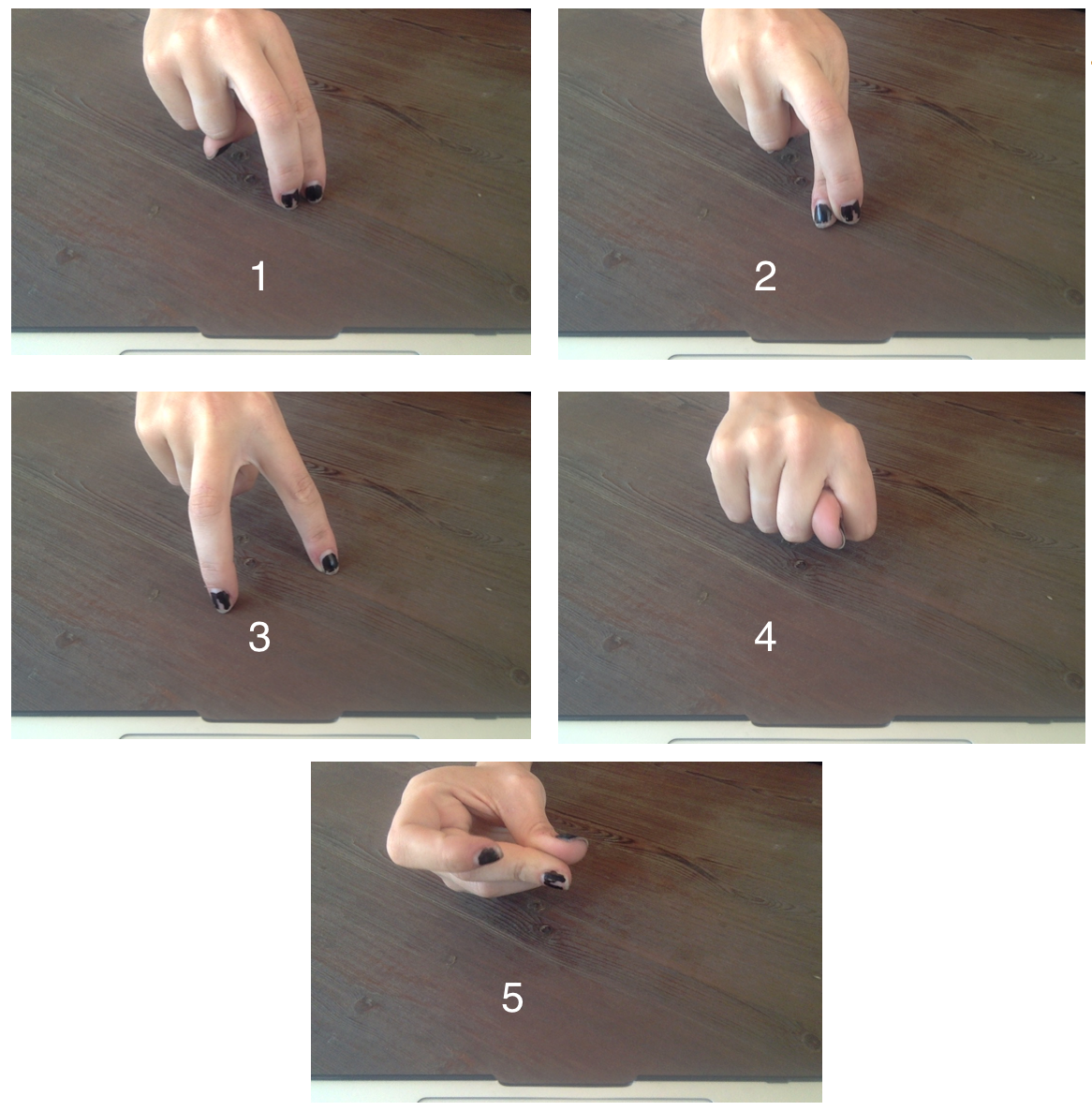Text:
NP: “We sang this song at campfires once a week. It was a traditional thing that they would do every week since the camp started in 1924. And the whole thing is that we would sing the same songs every year that the girls had always sang.”
The song:
Well, a boy took a girl in a little canoe with the moon shining all around
And as he applied his paddle
You couldn’t even hear a sound
So, they talked, and they talked till the moon grew dim
He said you better kiss me or get out and swim
So, whatcha gonna do in a little canoe with the moon shining all around?
Well, a boy took a girl in a little canoe with the moon shining all around
And as he applied his paddle
You couldn’t even hear a sound
So they talked, and they talked till the moon grew dim
He said you better kiss me or get out and swim
So, whatcha gonna do in a little canoe with the moon shining all a—
Boys paddling all a—
Girls swimming all around?
Get out and swim!
Context:
The informant is my sister. She is a 22-year-old college student from New York City who attended a girls’ summer camp in Kent, Connecticut from ages 12 to 15. Though she thinks this song sends an archaic message, promoting gender stereotypes and heteronormativity, she remembers singing the song fondly. NP remembers feeling a sense of safety during these weekly congregations at the campfire, which fostered a sense of connection between her and the other girls.
Analysis:
I think that this song sends a simplistically feminist message. While one could interpret it as empowering or as an espousal of female courage and independence, since the girl in the story refuses to kiss the boy despite the unpleasant and possibly dangerous action she must take to avoid doing so, it also conveys sexist, heteronormative ideals. The song promotes gender stereotypes and, whether intentionally or not, problematic ideas about the value of female chastity.
Still, the song feeds into the atmosphere conjured by the campfire tradition, which can be seen as a celebration of girlhood and female community. I think that this environment is intended to make girls feel supported, empowered, and safe. With this weekly tradition, girls are free from the pressures of the male gaze and experience a sense of connection with the other campers as their voices blend. Moreover, the fact that these songs and the tradition of congregating at the campfire have such a long history connects current campers with previous generations of girls who attended the camp.

